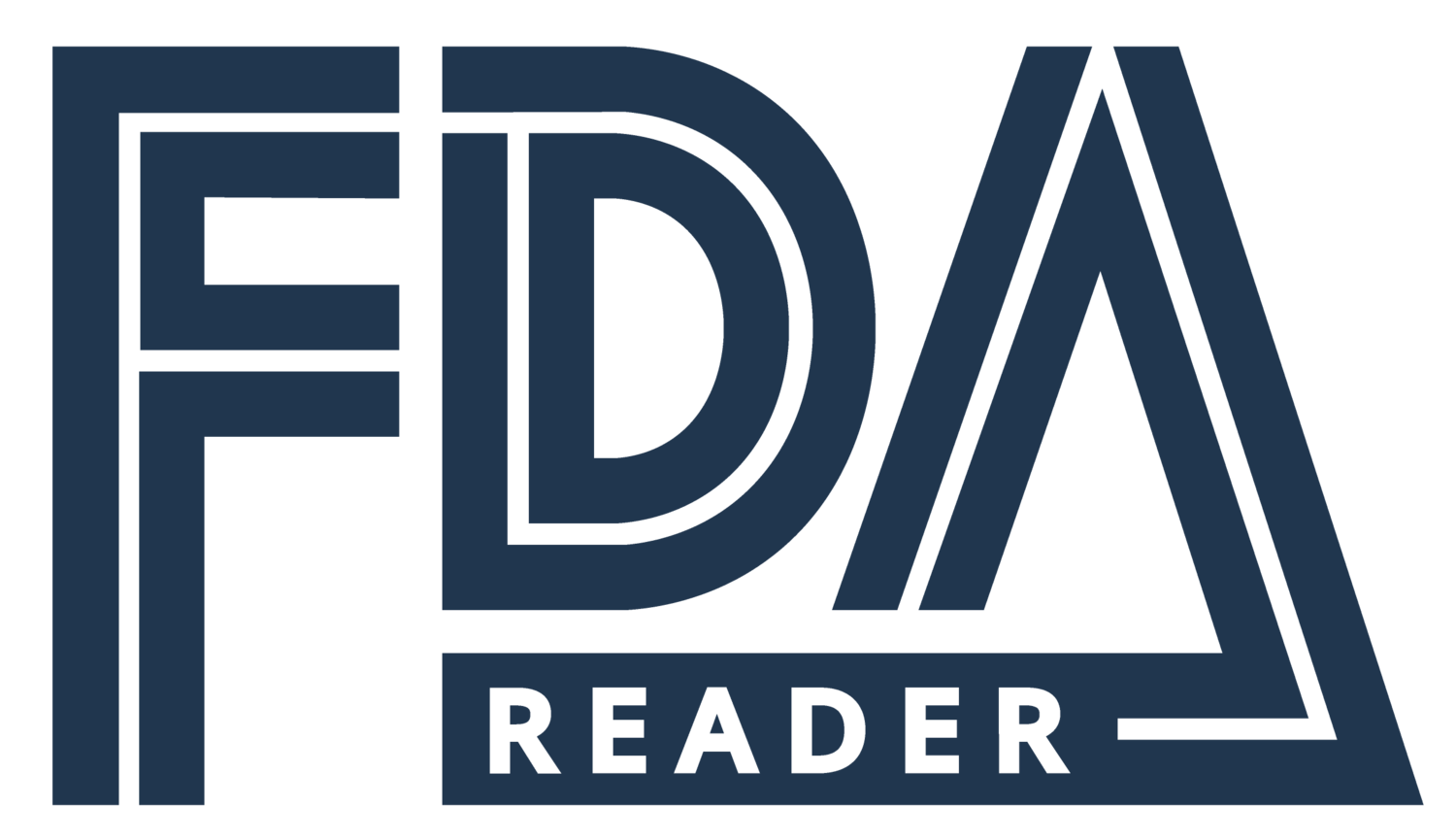Supplier visits are a wonderful thing to procrastinate on if you’re a food manufacturer or restaurant owner. There’s barely enough time to get through your own production, so why lose a day to go visit one of your suppliers? Here are 3 reasons your business will benefit from a field trip upstream:
Your customers care about product quality
You are legally compelled to conduct supplier visits
You will learn how to improve your business
1. Your Customers Care About Product Quality
Your customers demand the highest quality products from you. This means consistency of product, zero risk of food borne illness, and a product that tastes perfect every time. As a food producer, your sole focus is to get an "A+" on this every single day in your own facility. But can you guarantee the same of each of your suppliers?
Here is a simple and yet difficult truth to swallow: when you take custody of purchased ingredients/packaging/goods, you are responsible for them. For example, if you produce chocolate bars and your customers gets sick because of salmonella-infected sugar that was mishandled by your supplier (not you!) then your product will be recalled. Perhaps theirs will too, but that hardly matters when your production is halted and your brand reputation is at stake.
Here is a less extreme example: a supplier visit might show you that one of your suppliers is taking risks that you don't feel comfortable with. Whether it's a less-than-clean facility or lax attitudes about food safety basics, this may open a conversation with them about raising their food safety standards or losing your business.
2. You Are Legally Compelled to Conduct Supplier Visits
Ahh, the Food Safety and Modernization Act (FSMA). All food manufacturers except exempt facilities (i.e. small timers and very low risk operations) must have a Supplier Verification Plan. In short, you have to prove that you are doing your due diligence when it comes to vetting your suppliers, beyond picking the vendor with the lowest prices.
Fortunately, the standard for "Supplier Verification" plans is fairly low from a regulatory standpoint because FSMA is new and everyone is still catching up. It doesn't necessarily require supplier visits, but this is actually one of the easiest ways to comply with FSMA without having to write out long, complicated food safety documents. Just visit the supplier and record that you conducted a visit, who you visited, and when.
3. You Will Learn How to Improve Your Business
Supplier visits are a great way to learn about how to improve your operations. Chances are that your supplier is a more advanced operation than yours and that they've solved a lot of the problems that you haven't solved yet.
When I was managing a commissary, I visited one of our suppliers with the expectation of learning very little. I was completely wrong. Even though their product was completely different from ours: (them: raw chopped vegetables, us: gourmet hot meals) I saw what my facility was going to look like when we scaled 10x.
The quality assurance manager toured me around the facility and answered every question I had. It was an hour of free consulting that my company would have paid thousands of dollars for. He also sent me home with a flash-drive of documentation and their recent audit results that I used to cut costs in my own operation and prepare for our next inspection.
Every business wants to increase their output by 10x but very few of us truly understand what that looks like. How many hires does that require? How will the layout of your facility change? Visiting your suppliers will show you what's happening in the big leagues and illuminate the path to getting there.
How to Conduct a Supplier Visit
Get in touch with your contact and ask if there's a time that works for you to come by and visit. Your suppliers will be very familiar with this request and probably have a process in place.
Show up on time and be respectful of their time. Remember, someone is taking time from their production role to tour you around, so be considerate and thankful.
Be a sponge
Ask if you can take photos. If so, photograph anything and everything. You may not think much of their eyewash stations now, but you'll be happy to revisit photos of theirs when it comes time to install your own.
Take notes. First, confirm it's OK to bring your note-taking apparatus into the facility. If so, scribble like your memory is fading. Otherwise, you'll forget all of it.
Ask questions. The goal here is twofold: First, it's a great way to learn about how to improve your own operations. Second, it's a great insight into their food safety awareness and culture.
Ask for documents. Request their food safety plan, audit results, log entries, everything. This isn't an unreasonable request: it's part of your due diligence. They'll probably only give you some of it, but this is priceless. Wouldn't it be helpful to have the scoresheet used by the auditor that's going to decide whether your product should be allowed on Whole Foods shelves? Bring a flash drive so you can accept digital copies.
Act on your findings. If you are aware that your supplier is creating a food safety hazard and you pass that risk along to your customer without doing anything about it (i.e. changing suppliers) you could go to jail. Yeah.
Send a thank you note. Anyone in the business long enough knows that supplier relationships are critical. A simple 3 sentence email will suffice and you'll be happy to have the contact.
As busy as you undoubtedly are with your own business, supplier visits are a critical part of your commitment to food safety. If nothing else, the field trip will show you how to host visitors in your own facility because it's only a matter of time before someone wants to walk through your space and see your records. Are you ready?
Have you conducted a supplier visit? Whats' the most surprising thing you saw? Let us know in the comments section below.






































